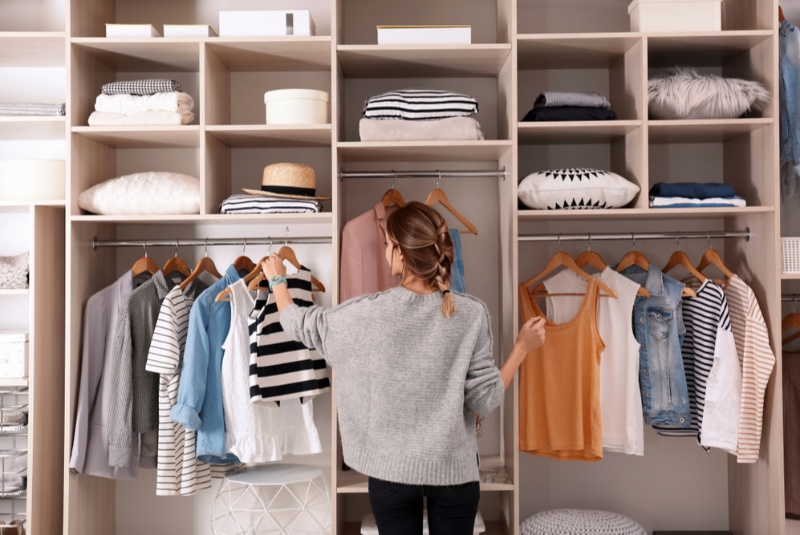In a world increasingly concerned with environmental impact, the fashion industry is no exception. For years, fast fashion has dominated the market, causing significant environmental damage due to high energy consumption, excessive waste, and toxic pollution. However, a shift is taking place, with an increasing number of consumers seeking more sustainable and eco-friendly wardrobe choices. The idea is simple yet powerful - we can be fashionable and environmentally conscious at the same time. In this article, we will explore ways to develop a sustainable and eco-friendly wardrobe.
Understanding Sustainable Fashion
Before embarking on your eco-friendly journey, it's important to understand the concept of sustainable fashion. Sustainable fashion is not merely about purchasing clothes made from organic materials; it covers a broader spectrum, including the fair and ethical treatment of workers, reducing carbon emissions, promoting recycling, and reducing waste. It's about creating a cycle of fashion that values environmental preservation and social responsibility as much as aesthetics and trends.
Starting with What You Already Have
The first step in developing a sustainable wardrobe isn't to buy more—it's to use what you already have. Evaluate your current wardrobe and identify the pieces you frequently wear, those you rarely wear, and why that might be. Understanding your personal style and preferences can help prevent impulsive and unnecessary purchases in the future. Also, taking proper care of the clothing you own can significantly extend its lifespan. Regular washing, repairing minor damages, and proper storage can keep your clothes in good condition for years.

Choosing Sustainable Brands
When it comes time to add new items to your wardrobe, consider choosing sustainable fashion brands. These brands prioritize ethical practices throughout their supply chains, use eco-friendly materials, and often contribute to various environmental causes. They might be slightly pricier due to the high-quality materials and fair labor practices, but consider this an investment in the planet's future.
Investing in Quality over Quantity
Fast fashion's main draw is its low prices, allowing consumers to keep up with the latest trends without breaking the bank. However, the lower cost often means lower quality, leading to clothes that quickly wear out and end up in landfills. In contrast, investing in higher-quality, timeless pieces that can be worn for years is a more sustainable approach to fashion. While it might mean buying less, the benefits to the environment are significant.
Supporting Secondhand Clothing
Another fantastic way to develop an eco-friendly wardrobe is by buying secondhand clothing. Thrift stores, consignment shops, and online resale platforms are treasure troves of lightly used clothing that can add unique flair to your style. By purchasing secondhand, you help to reduce demand for new clothing production and decrease the amount of clothing waste that ends up in landfills.
Recycling and Upcycling Your Clothes
Don't know what to do with clothes you no longer want or need? Instead of throwing them away, consider recycling or upcycling them. Many fashion brands and retailers have clothes recycling programs that ensure your unwanted items are put to good use. Alternatively, upcycling allows you to creatively modify or repurpose old clothes into something new and fashionable.
Developing a sustainable and eco-friendly wardrobe is a rewarding journey that not only helps the environment but also encourages mindful consumption and promotes creativity. By understanding the principles of sustainable fashion, utilizing your existing wardrobe, investing in quality pieces, supporting secondhand clothing, and recycling or upcycling your clothes, you're not only curating an aesthetic wardrobe but also actively contributing to a greener planet.




